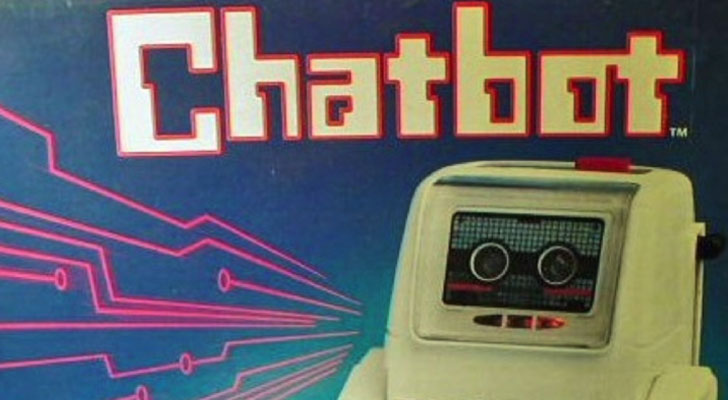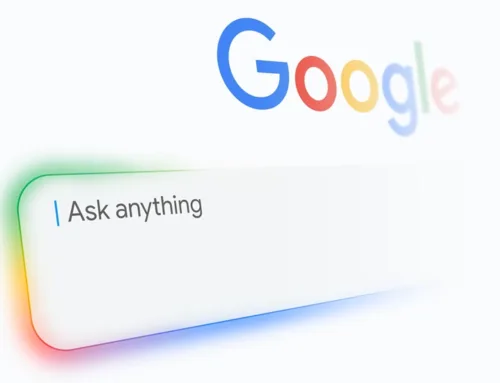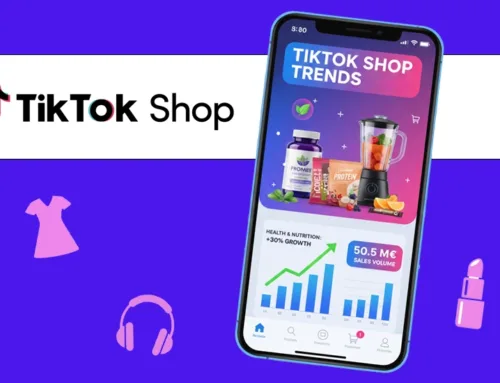Chatbots are on the scene. In the U.S. and China, at least, they’re starting to take hold, and we’re finally seeing them appear in France, the forerunner in this field being voyages-sncf.com, which has integrated one both on Facebook Messenger, but also on its mobile travel booking application.
What is a chatbot?
As its name suggests, a chatbot is a robot that knows how to chat. It’s a machine capable of conversing in natural language with a human and providing answers or services to questions formulated as such. For example, you want to book a train ticket from Lille to Paris for the next day by TGV. Tell the Voyages SNCF chabot: “I want a train ticket from Lille to Paris tomorrow, starting at 8 a.m.”, and the chabot will display a list of proposals corresponding to your request. No need to fill in any forms!

The voyage-sncf chatbot is integrated into its application and uses voice recognition.
What’s the point of communicating in human language, and how can chatbots be more effective than forms?
Chatbots were born of the realization that more and more people were using chat tools to communicate and perform all kinds of actions with each other: via SMS of course, but also via Facebook Messenger, WhatsApp and many others. For many of us, “chatting” is more natural and better accepted than “surfing” the pages of a website.
Since the role of ergonomics is to adapt interfaces to users, and not the other way round, chatbots are a step forward in human-machine interaction. “Since chatting is more natural than filling in forms, we might as well offer chat tools to perform actions.
While the concept was obvious, what was lacking was the robots’ ability to really understand users. This was lacking for a long time, and everyone once had fun making fun of a “conversational agent” for its limited dialogue capabilities. But it seems that this era of mockery is over. Thanks to artificial intelligence (the famous deep-learning) among other things, and to Big Data, today’s chatbots are no longer the chatbots of yesteryear, and have become capable of performing wonders.
To see for yourself, just try out Google’s voice recognition or Apple’s (Siri), installed by default on your iPhone or iPad. These two voice recognition engines go far beyond anything we could have imagined even 4 or 5 years ago. Progress is extremely rapid.
In the United States and China, many companies are using chatbots, either experimentally or otherwise, to go and find their customers where they are. This is the case for Tommy Hilfiger, whose chatbot you can test on Messenger, or JD.com, China’s number 2 e-commerce company, or Wechat, China’s number 1 social network. His boss was able to give me a very convincing demonstration directly from his iPhone by buying a pair of shoes from it.
Messenger includes chatbot features to speed up conversations. Images can be used, buttons, etc… The classic interface is never totally abandoned.
Towards a new customer relationship?
Chatbots will require us to rethink many aspects of customer relations. And it’s likely that, in time, they will replace some of our classic interfaces. On e-commerce sites, for example. Whereas merchants still use long, cumbersome tree structures and filter systems to help web users find a product, a chatbot will be much more efficient and will deliver a result more quickly in the form of a dialogue, just like with a real salesperson.
The human being himself undergoes a metamorphosis when he comes into contact with chatbots, and I learned from the COO of Voyages SNCF that many users thank the machine at the end of a dialogue or, as happened once, ask it to tell a story.
In the field of assistance, even if this is already partly the case, chatbots, coupled with artificial intelligence and Big Data, should be able to handle many more cases at the same time, faster, and with the illusion of dealing with a human person. If we add voice recognition, then the services provided by chatbots will make it possible to go even further, makingthe keyboard a thing of the past, since only the spoken word will be required.
Here again, the promises are enormous. For example, telephone assistance services will be transformed from a pathetic series of key-presses to a genuine dialogue, often leading to interminable waiting times. The target audience could also be extended to people who are reluctant to use IT tools, by removing all interaction with keyboard and mouse.
Should we start using chatbots now?
Chatbots represent a new transaction channel. They won’t replace websites and mobile applications, but they will offer a new way of interacting with customers, adapted to the way they behave. Not everyone will naturally use chatbots.
For service providers and retailers, chatbots represent an opportunity to go and find customers where they are, without having to bring them to the site. On the other hand, in the customer relations field, chatbots could rapidly simplify the search for information or the resolution of problems. On the one hand, by making it more efficient to search for information across immense quantities of data (e.g. ISPs, telephone operators).
On the other hand, by more efficiently industrializing the management of inbound contacts and delegating some of this to machines. Or even, by providing customer relations agents with chatbots enabling them to respond faster and better to complex customer questions.
One thing is certain, 2017 will tell whether chatbots are a phenomène de mode ou s’ilstwill take root in the digital landscape.
Mis à jour le 23 January 2025
Mis à jour le 23 January 2025





